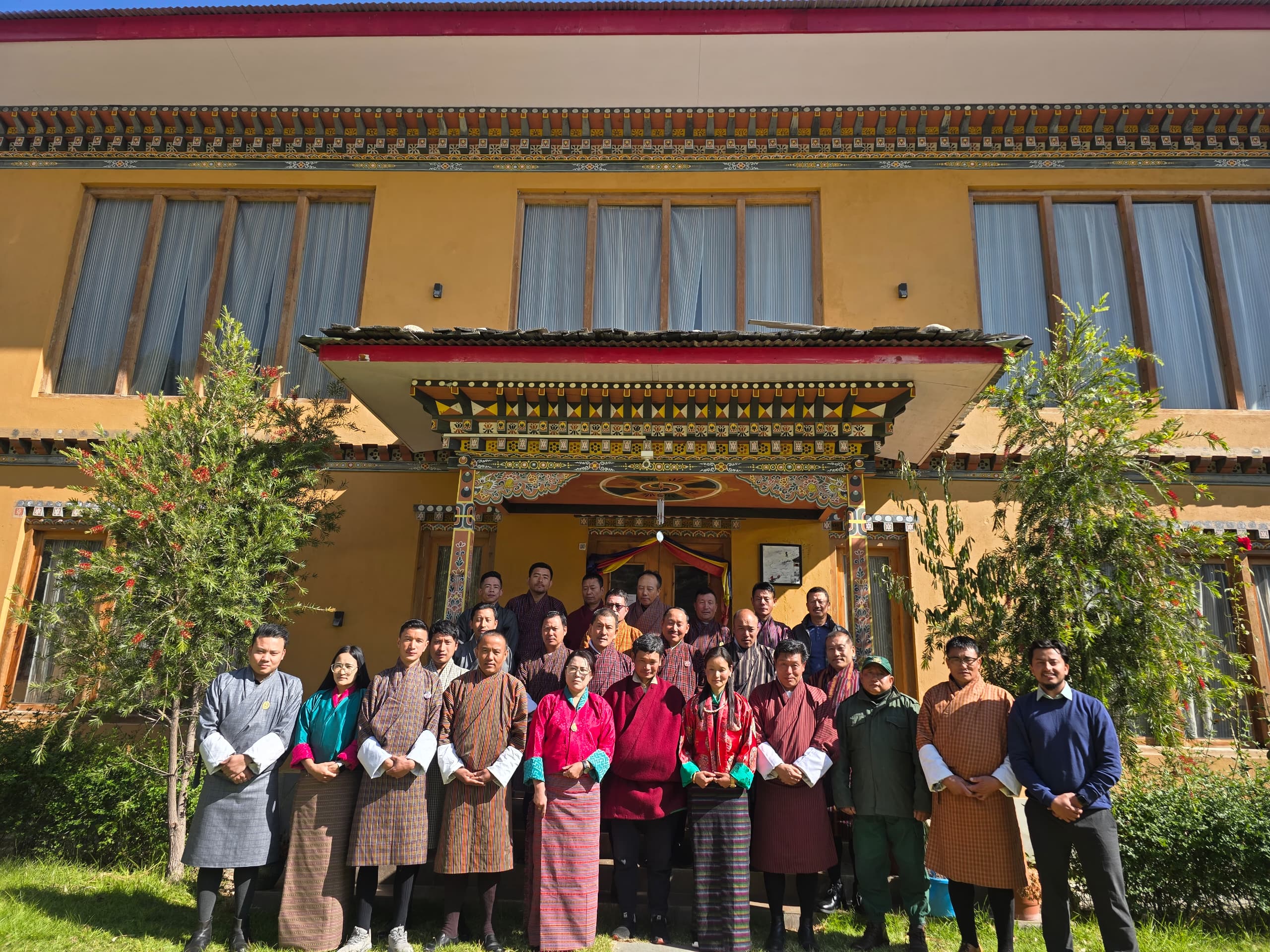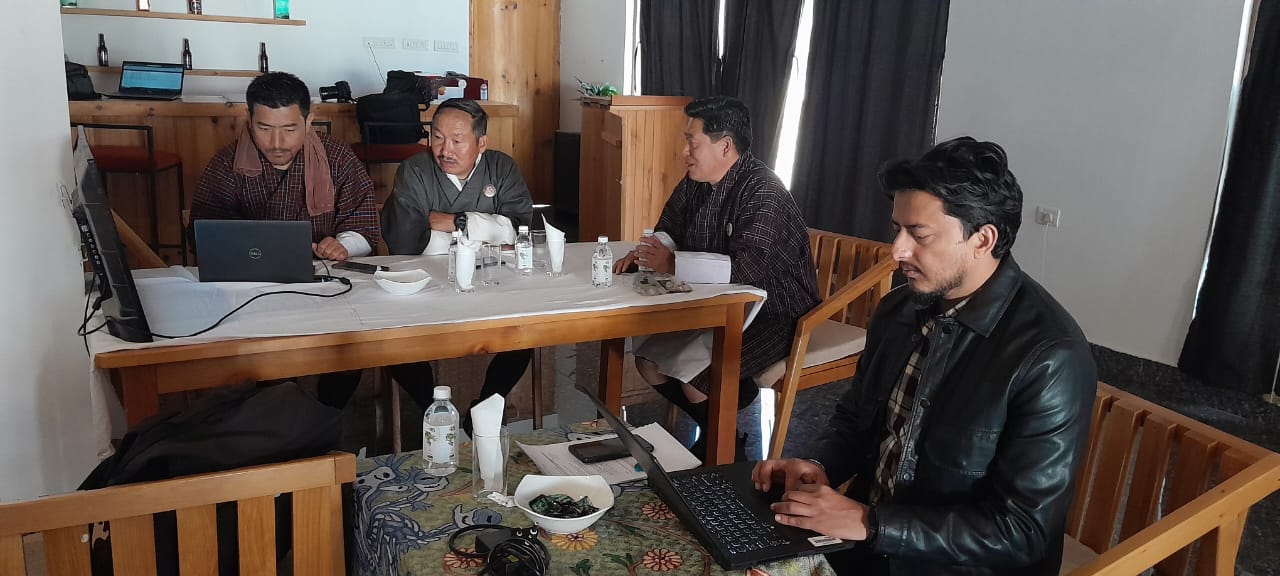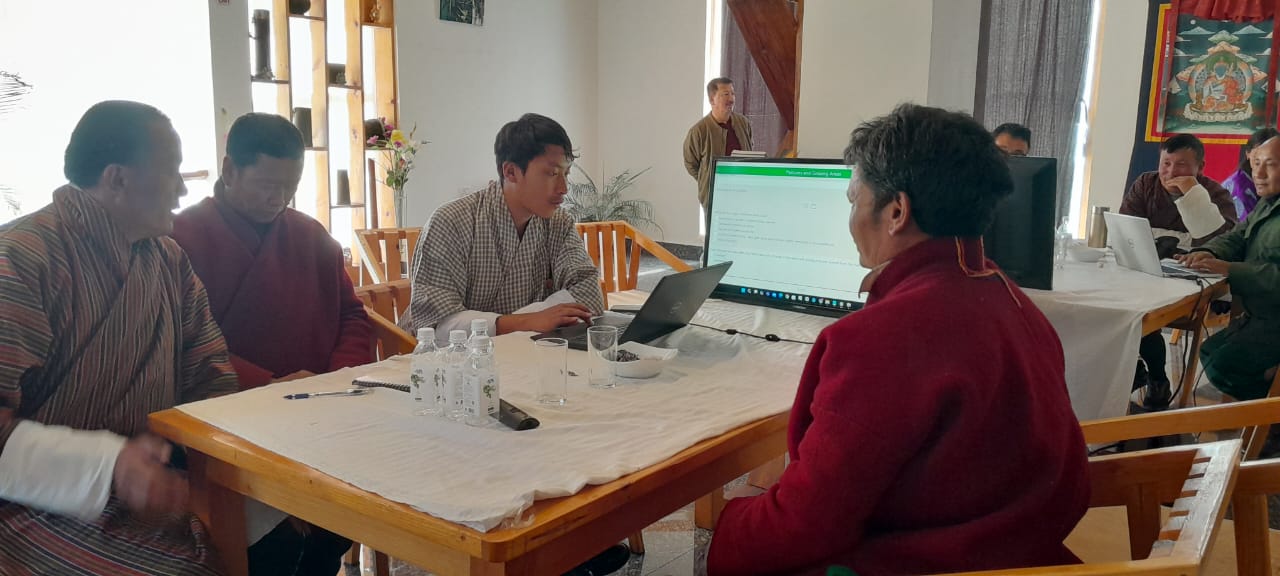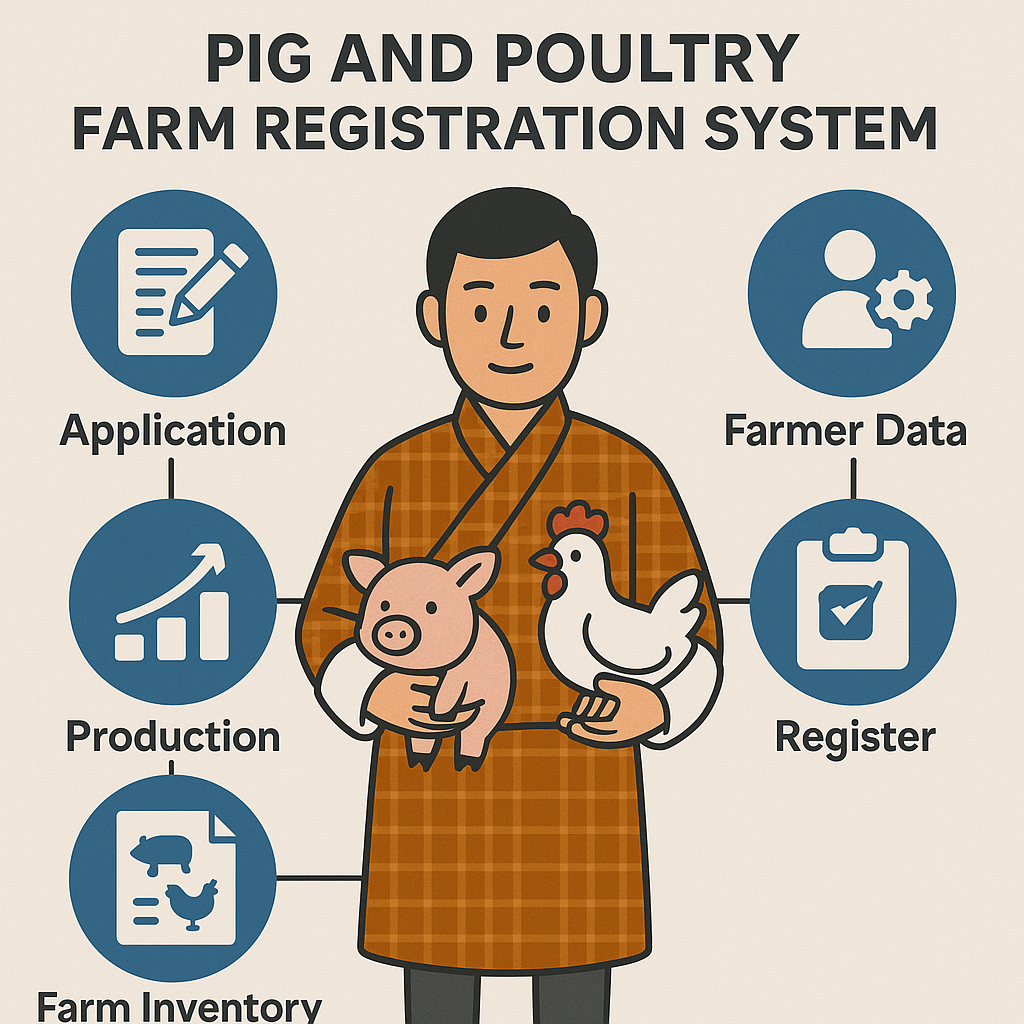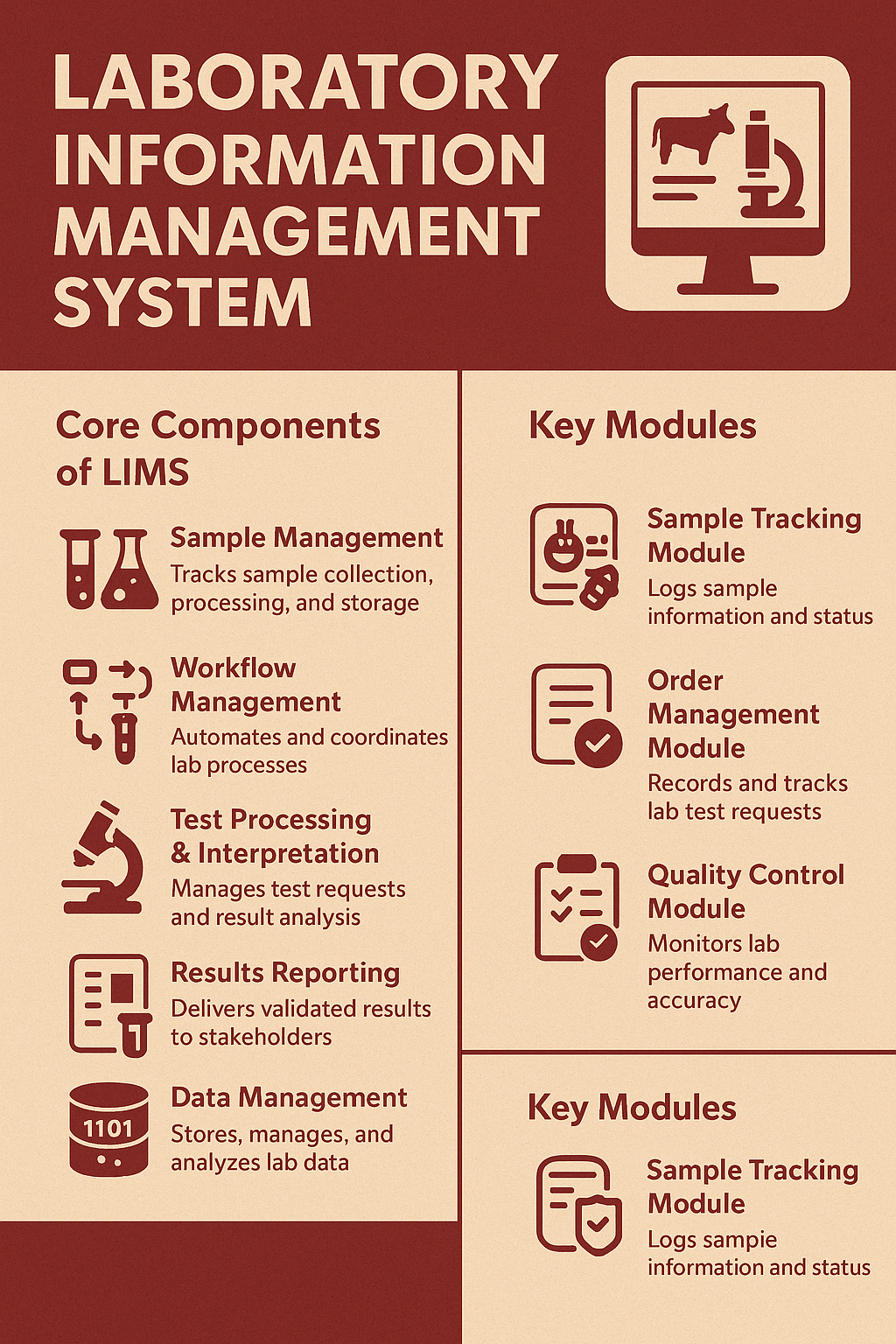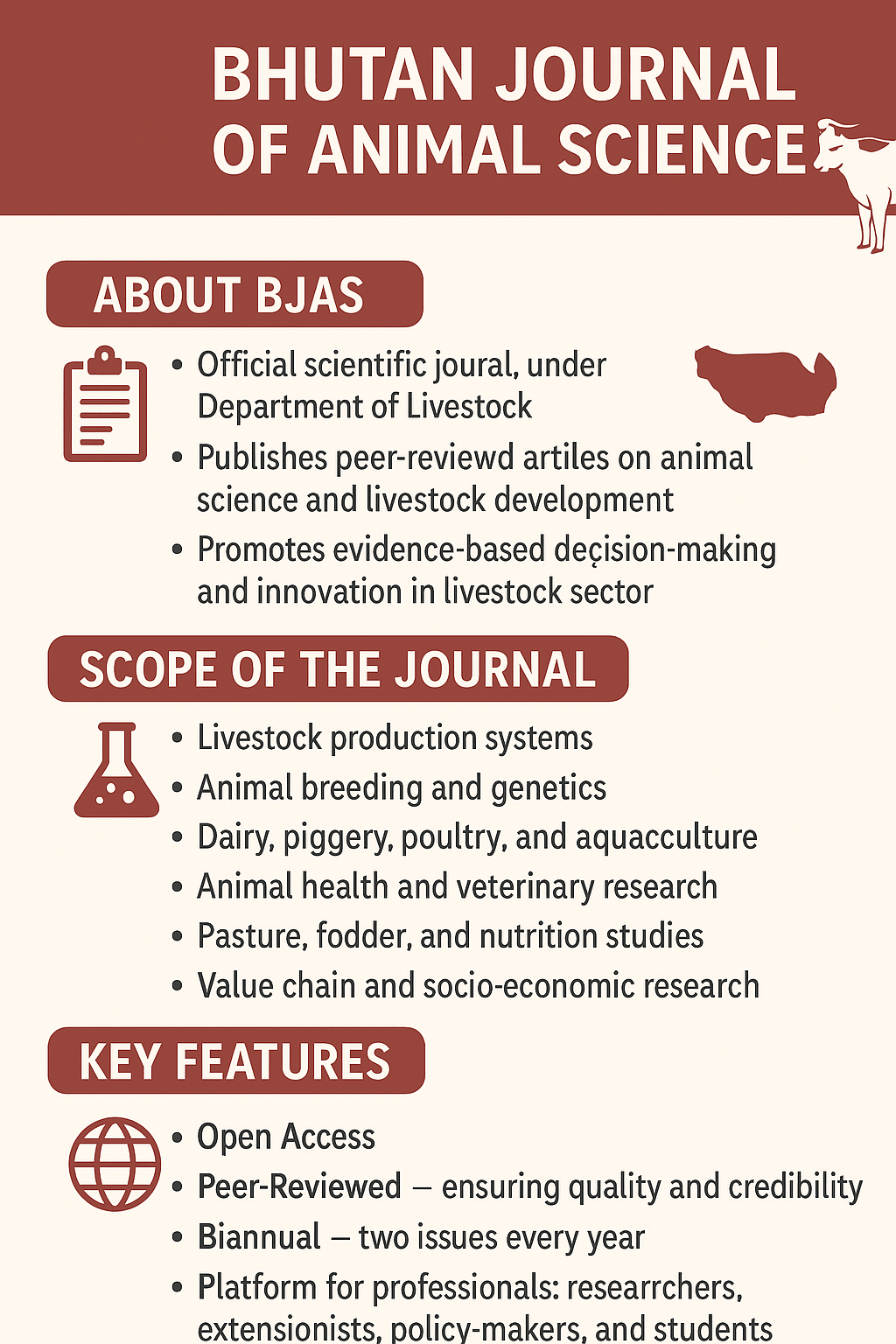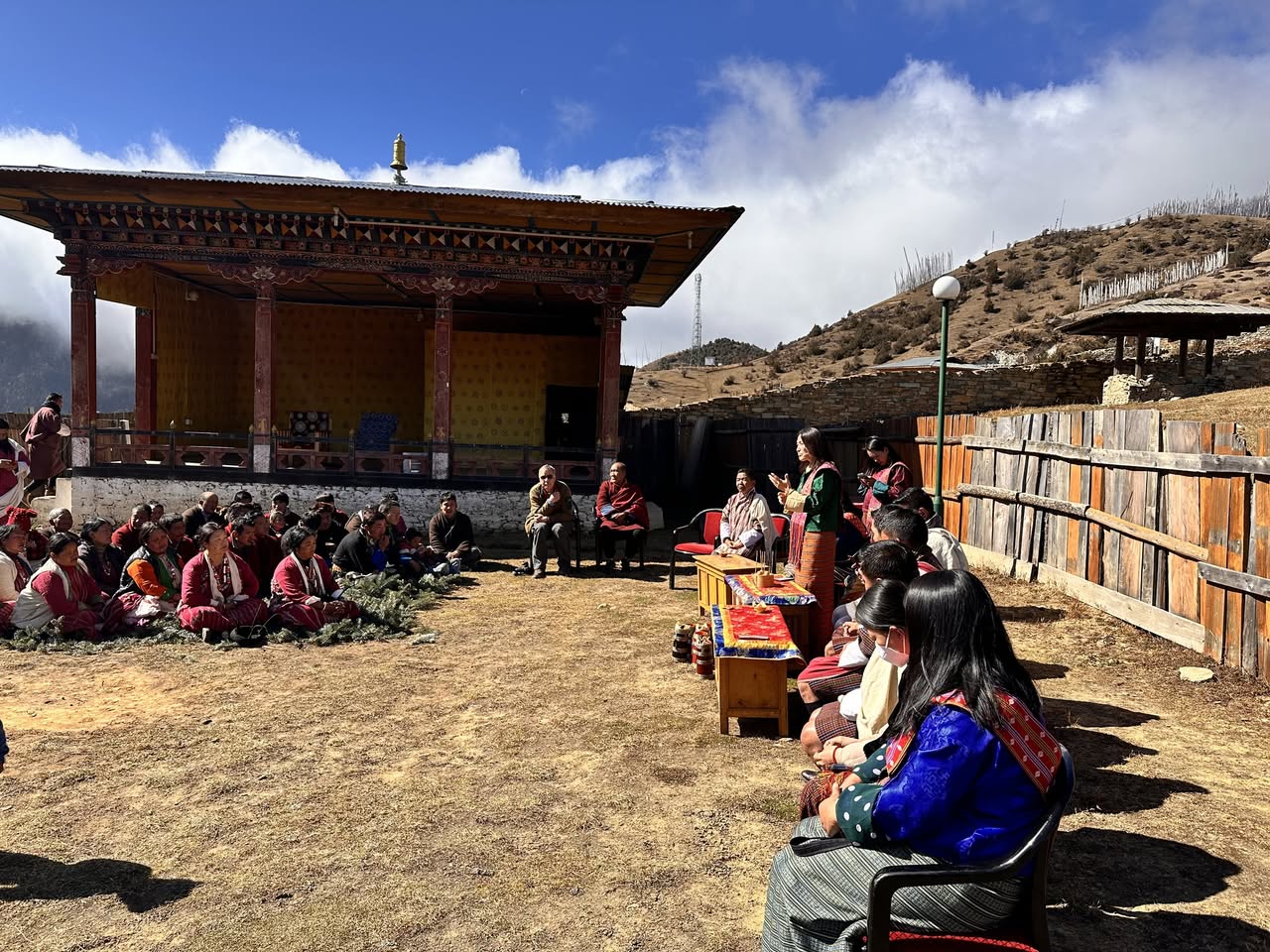
Merak Gewog in Trashigang Dzongkhag is a hub of traditional livestock rearing, deeply intertwined with the livelihoods and cultural identity of its highland communities. The Gewog hosts 41 households dedicated to yak rearing, with a total yak population of 1,363. Yaks play a vital role in the highland ecosystem, providing essential resources such as dairy products, wool, and transport, which are integral to the community’s sustenance.
𝙑𝙞𝙨𝙞𝙩 𝙩𝙤 𝙒𝙤𝙤𝙡 𝙋𝙧𝙤𝙘𝙚𝙨𝙨𝙞𝙣𝙜 𝙐𝙣𝙞𝙩 𝙞𝙣 𝙈𝙚𝙧𝙖𝙠
A modern wool-processing centre in Merak Gewog, Trashigang Dzongkhag, is revolutionizing wool production in the region. The centre, established under the *Community-based Mechanised Micro Wool Processing Centre for Economic Empowerment of Brokpa Women and Youth* project, has significantly improved efficiency. Traditional methods, which took six days to process 1 kg of wool into yarn, have been replaced with machinery that accomplishes the task in just one hour. This advancement is helping Brokpa women save time, reduce their workload, and improve the quality of their products.The project not only modernizes wool processing but also empowers women and preserves cultural traditions. It aims to enhance the financial independence of herder women and provide training in wool processing, dyeing, and weaving techniques. These skills have enabled them to produce high-quality wool, increasing its market value.
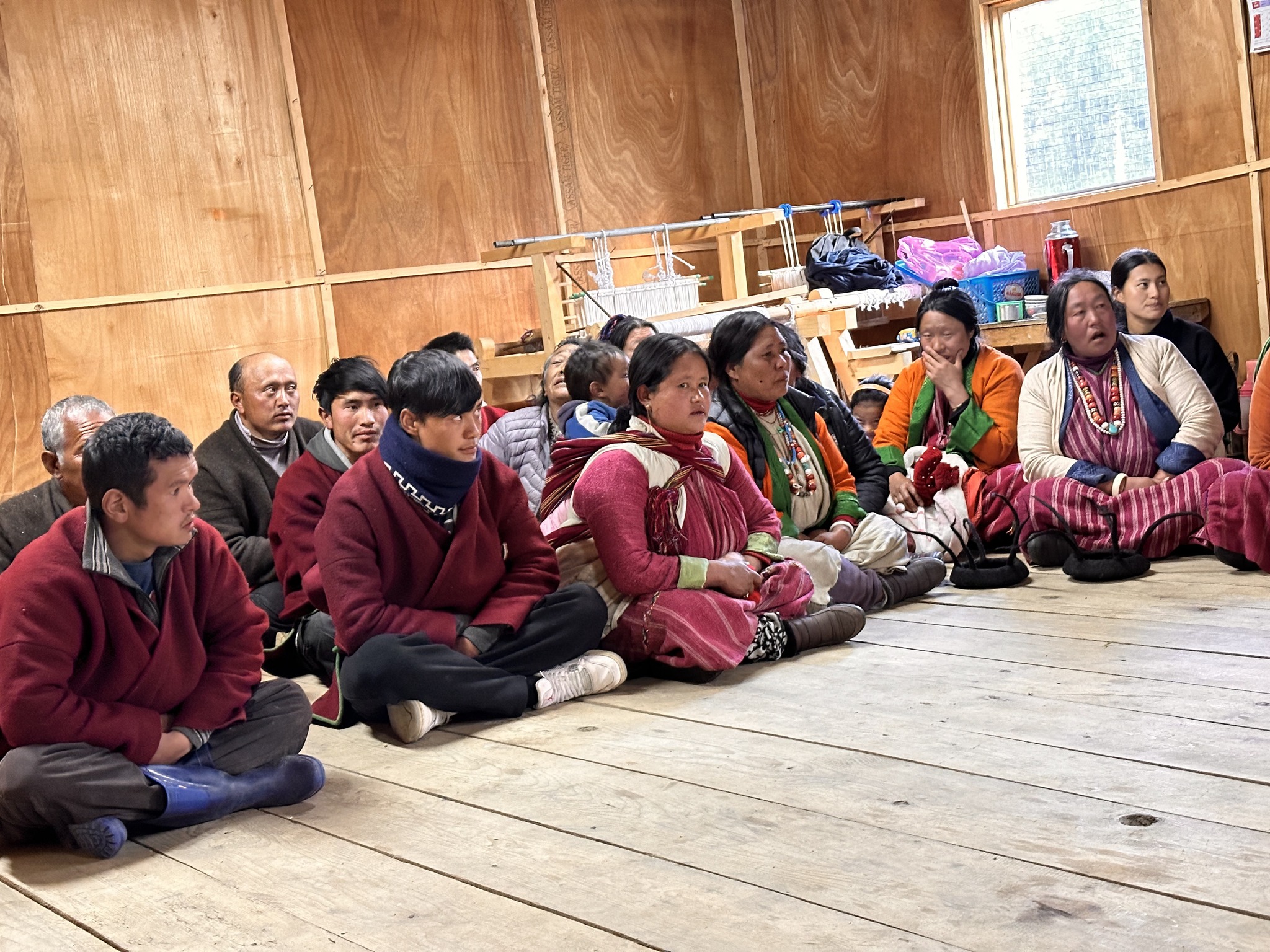

![]()


